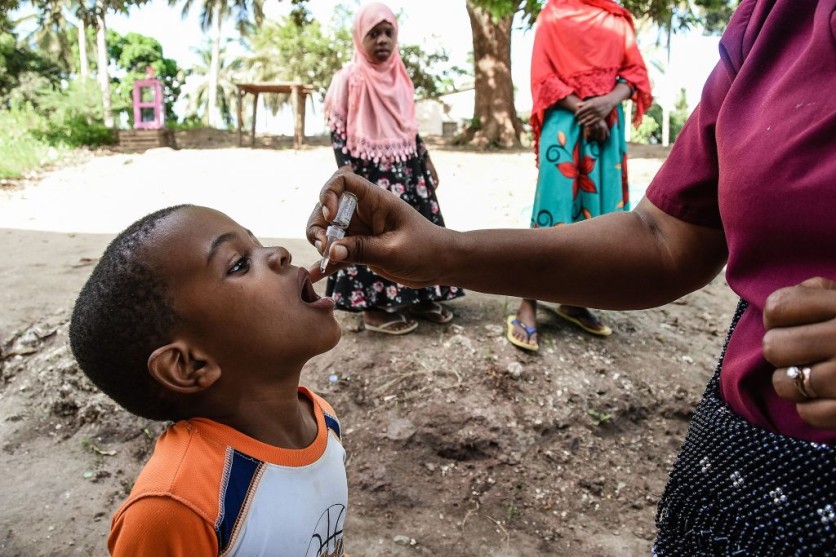The first case of wild poliovirus Type 1 has been reported in South Africa. It is the first imported case of wild poliovirus in the country since 1992, and the second in Southern Africa this year.
The new case in Mozambique was discovered in the north-eastern region of Tete, with the patient experiencing paralysis in late March.

Dr Matshidido Moeti, World Health Organization Regional Director for Africa said, "The detection of another case of wild poliovirus in Africa is greatly concerning, even if it's unsurprising, given the recent outbreak in Malawi. However, it shows how dangerous this virus is and how quickly it can spread."
According to sequencing, the poliovirus in Mozambique is linked to a polio strain in Pakistan in 2019.
Wild Poliovirus: What is it?
The Centers for Disease Control and Prevention (CDC) states that there are three types of wild poliovirus: type 1, type 2, and type 3. Based on the data, type 2 was already eradicated in September 2015, while type 3 was extinct in October 2019. However, type 1 remains.
Polio is a deadly disease that can compromise the nervous system due to the virus that can dwell in the feces of the infected person. Therefore, if infected people don't wash their hands thoroughly, the chances of spreading the virus are high. People can also be infected by polio via polluted water or contaminated food.
Polio can paralyze children and can be sometimes fatal. Unfortunately, there is no cure, which means an infected person may become disabled for the rest of his life.
The immunization all over the world has helped eliminate the wild form of the disease. WHO and its partners started the effort to eliminate polio all over the world in 1988 and have missed numerous deadlines to wipe out the disease.
What are the Symptoms of Wild Poliovirus
Symptoms show flu-like symptoms that may occur in 1 in 4 infected people that can last up to five days.
Those infected may also experience minor symptoms, such as tiredness, nausea, headache, neck and back stiffness, and pain in the limbs. In rare cases, patients may suffer paralysis.
Now, disease surveillance is being strengthened in five countries: Mozambique, Malawi, Tanzania, Zambia, and Zimbabwe. While vaccination campaigns are planned to reach 23 million kids aged five years and below.
The Dangers of Poliovirus Despite Immunization
If a child is immunized via oral poliovirus vaccine, remnants of the weakened poliovirus can leave the child's body through feces, that can enter the surrounding environment. Moreover, if the population immunity is low and the virus is allowed to circulate, it can change into a form of poliovirus that can cause paralysis over time.
Related Article : Monkeypox Cases Rise in the US as New Case Detected in New York City
This article is owned by Tech Times
Written by April Fowell




